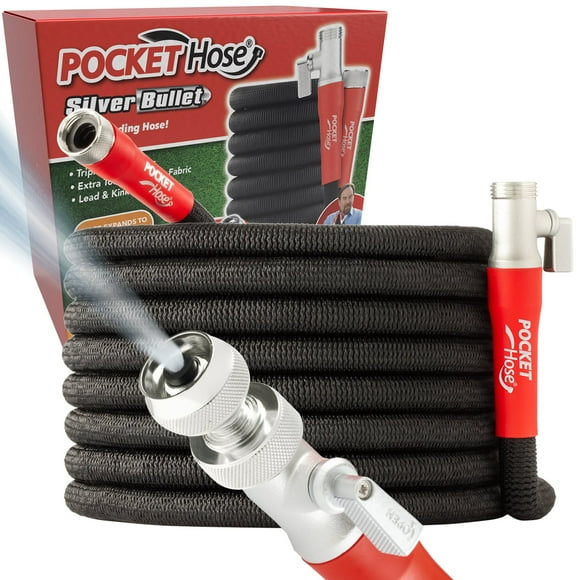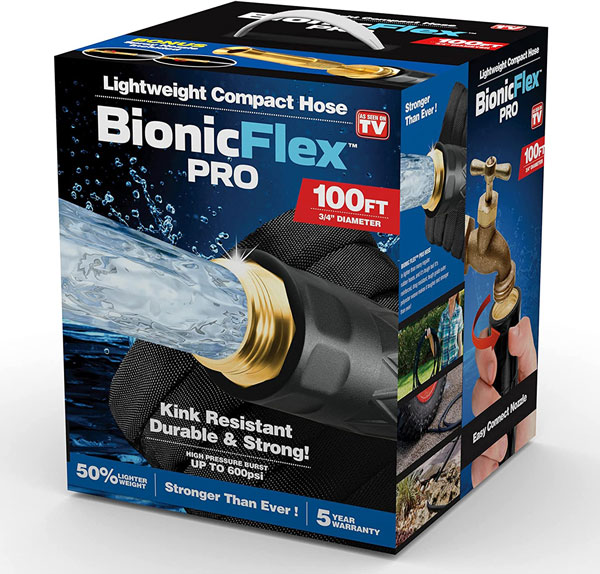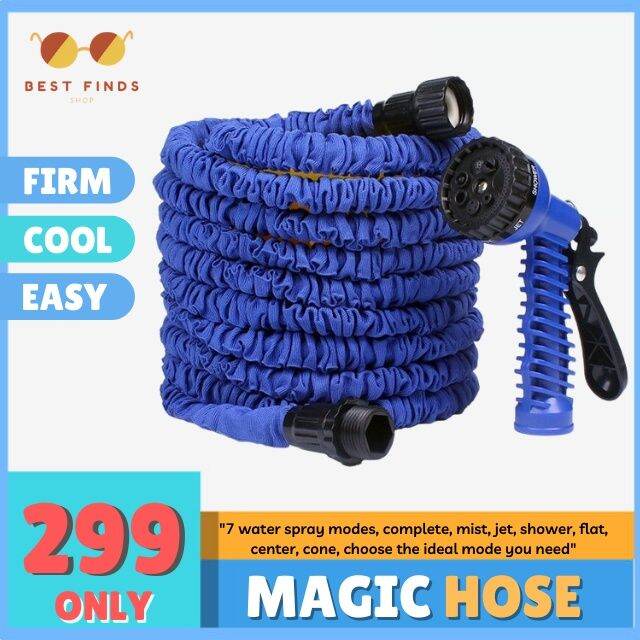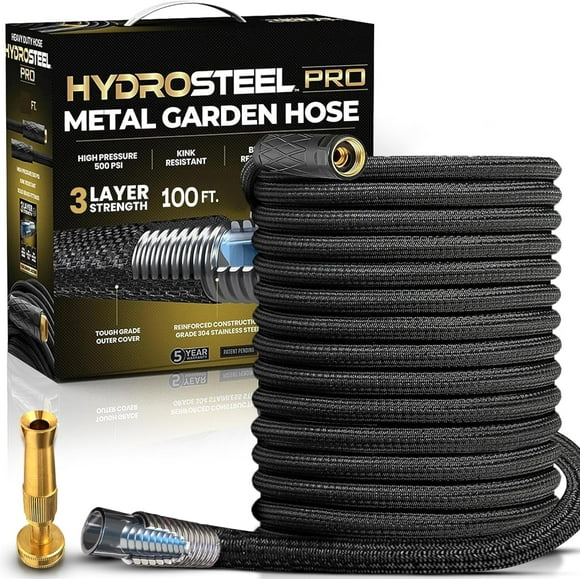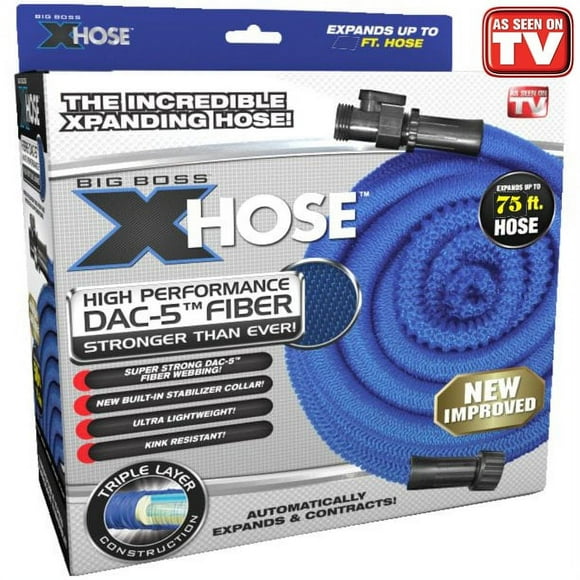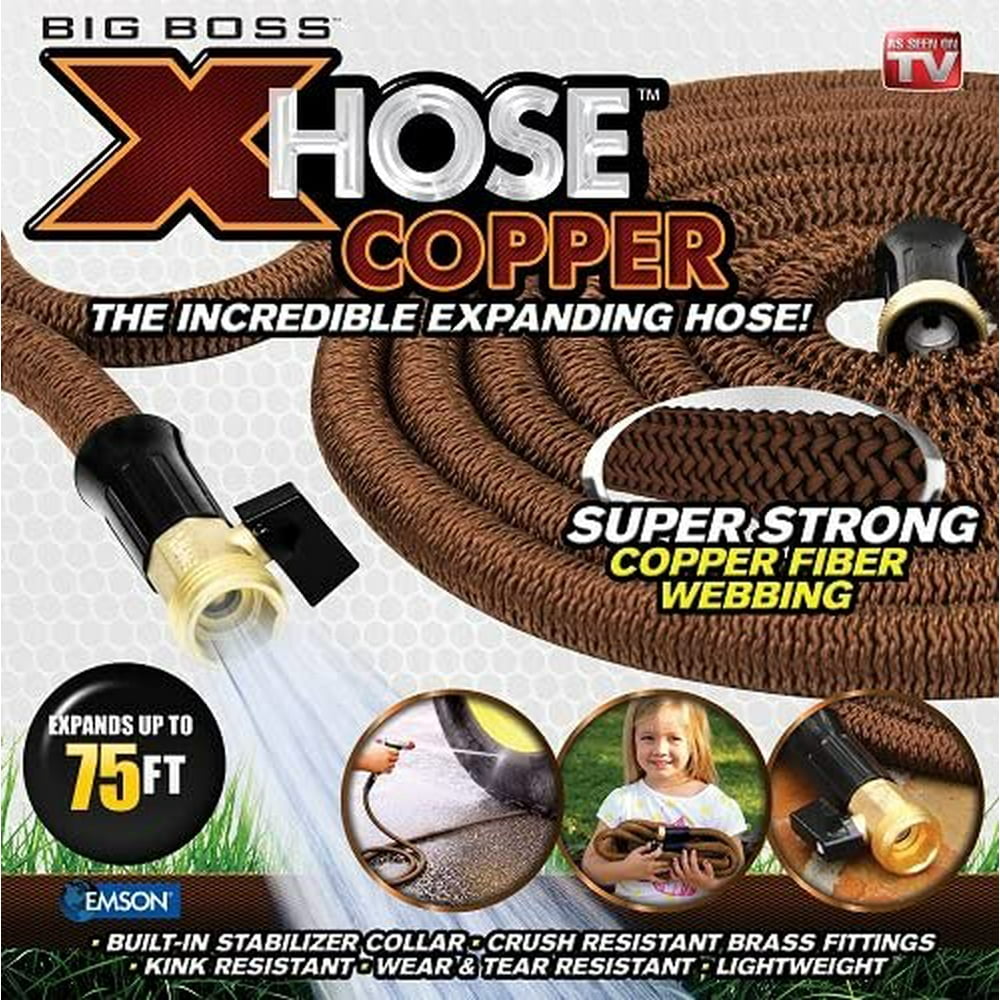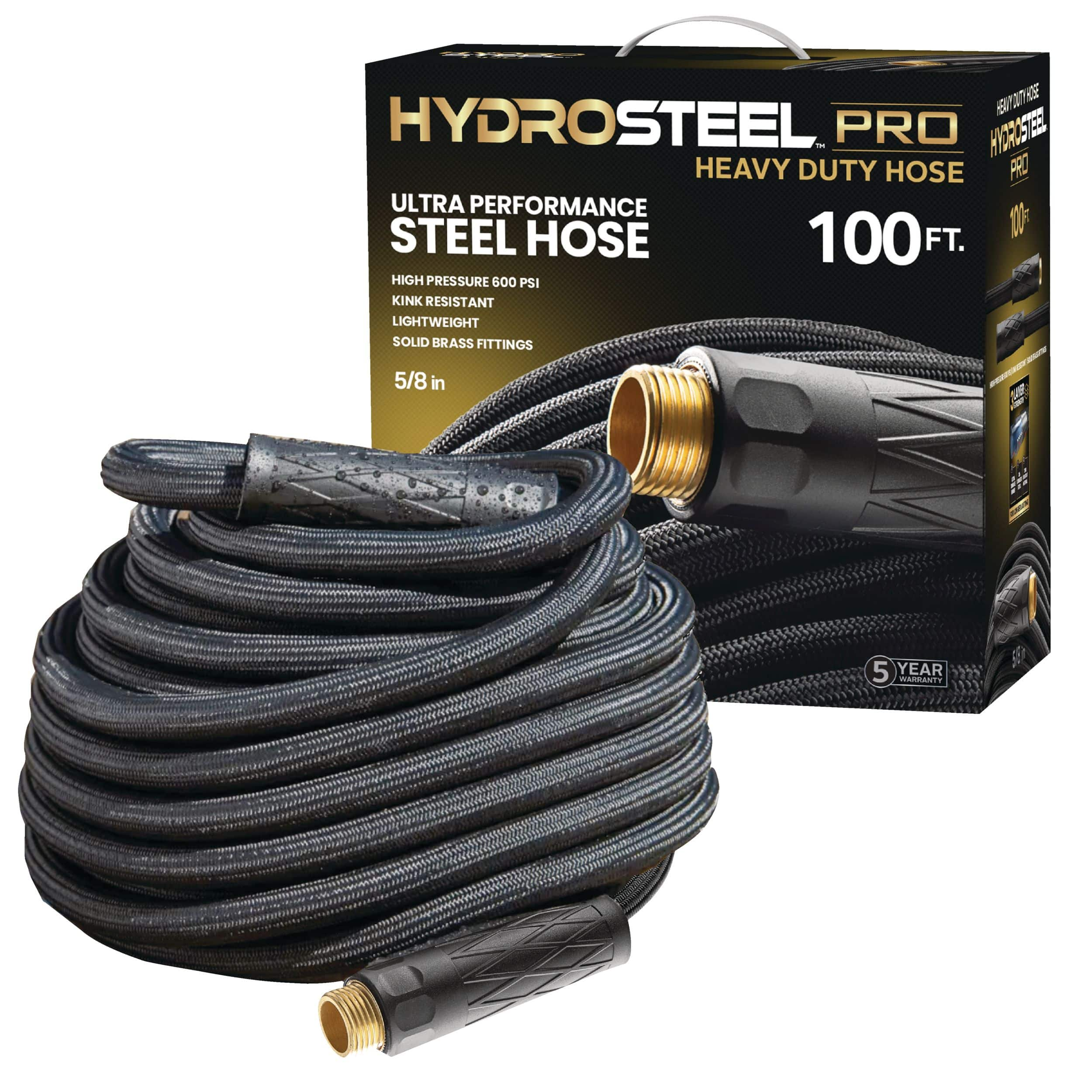As Seen On Tv Flexible Hose
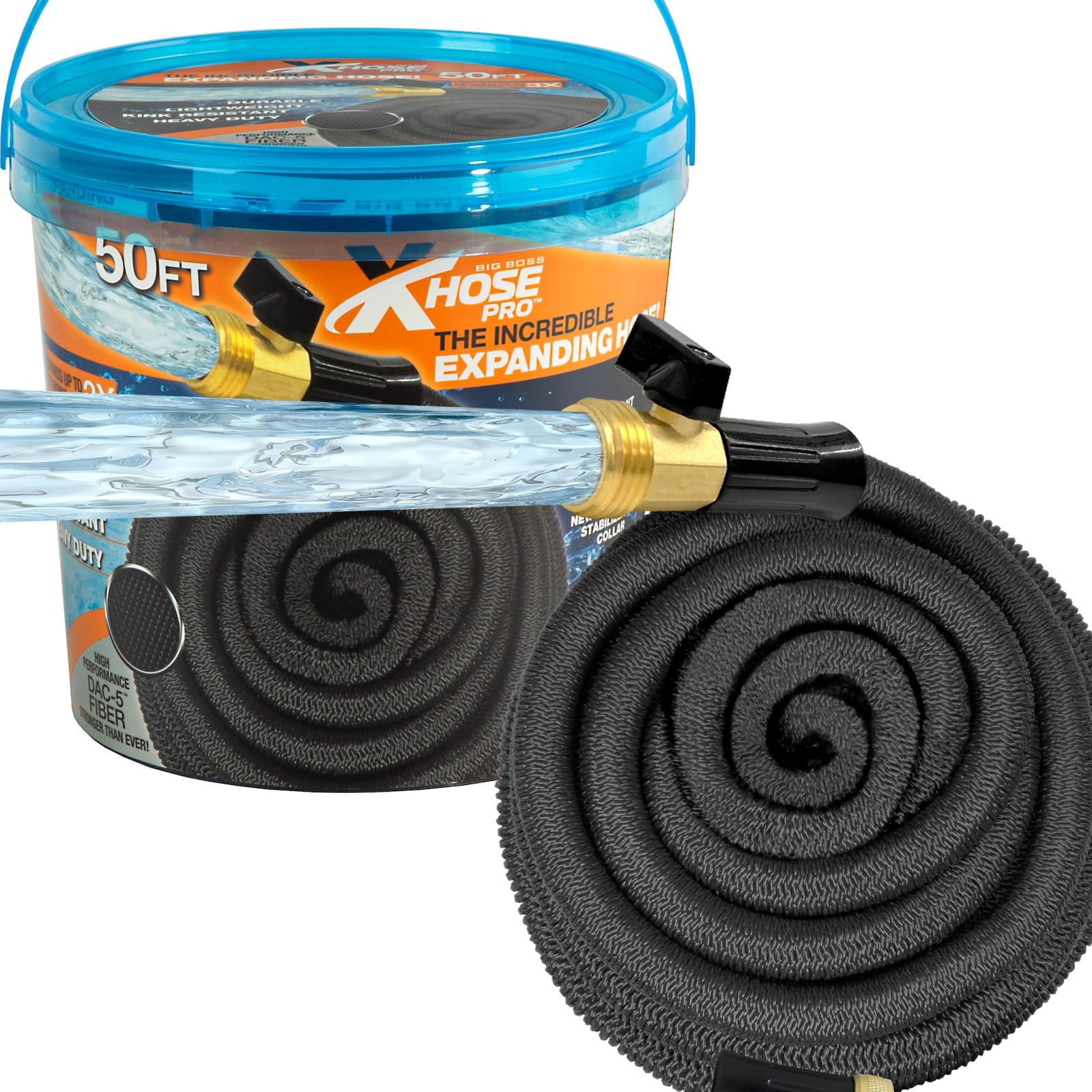
The allure of convenience and affordability often drives consumers to embrace "As Seen On TV" products. Among these, the flexible garden hose, promising lightweight design and kink-free operation, has achieved considerable popularity. However, beneath the surface of catchy commercials and enticing price tags lies a more complex reality, one that involves durability concerns, material safety questions, and evolving consumer expectations.
This article delves into the world of flexible garden hoses, examining their purported benefits, scrutinizing their shortcomings, and analyzing the potential implications for consumers and the broader market. We will investigate user reviews, explore material compositions, and consult industry experts to provide a comprehensive assessment of these ubiquitous watering tools.
The Rise of the Flexible Hose
The flexible hose, often marketed under various brand names and sold through direct response television, catalogs, and online retailers, entered the market promising a revolution in garden irrigation. These hoses, typically constructed with an expandable inner tube and a durable outer fabric covering, boast significant advantages over traditional rubber or vinyl hoses.
Proponents emphasize their lightweight nature, making them easier to maneuver and store. The claim of kink-resistance is another key selling point, eliminating frustrating interruptions during watering tasks.
Marketing vs. Reality: A Critical Look
While the marketing materials highlight the convenience and durability of flexible hoses, real-world user experiences paint a more nuanced picture. Online reviews reveal a recurring theme: initial satisfaction followed by premature failure.
Many users report leaks developing at the hose fittings or within the expandable inner tube, often within a relatively short period of use. The lack of repairability is another common complaint, as the unique construction of these hoses typically makes them difficult or impossible to fix.
These issues raise questions about the long-term value proposition of flexible hoses. While the initial purchase price may be attractive, the need for frequent replacements can ultimately negate any cost savings.
Material Composition and Safety Concerns
The materials used in the construction of flexible hoses are crucial to their performance and longevity. Most flexible hoses utilize a thermoplastic elastomer (TPE) or similar material for the expandable inner tube.
The outer covering is typically made of woven polyester or nylon fabric. Concerns have been raised regarding the potential leaching of harmful chemicals from the plastic components, particularly when the hose is exposed to prolonged sunlight or high temperatures.
Proposition 65 in California, for example, requires businesses to provide warnings about significant exposures to chemicals that cause cancer, birth defects or other reproductive harm. Some flexible hoses may carry warnings related to lead or phthalates, raising concerns among environmentally conscious consumers.
It is important for consumers to check product labels and seek hoses certified by reputable organizations like the National Sanitation Foundation (NSF), which sets standards for safe drinking water components.
Expert Perspectives: Durability and Design Limitations
We consulted with Dr. Emily Carter, a materials scientist specializing in polymer degradation, to gain insights into the durability limitations of flexible hoses. "The expandable nature of the inner tube puts significant stress on the material," she explained.
"Repeated expansion and contraction, coupled with exposure to UV radiation and temperature fluctuations, can lead to cracking and weakening of the polymer structure. The outer fabric covering provides some protection, but it is not impervious to damage."
John Miller, a landscape architect with over 20 years of experience, shared his observations on the practical limitations of flexible hoses in professional settings. "While these hoses may be suitable for light-duty residential use, they are simply not robust enough for the demands of commercial landscaping. The constant dragging and exposure to abrasive surfaces quickly lead to wear and tear."
"In my experience, traditional rubber hoses offer superior durability and longevity, despite being heavier and more cumbersome," Miller stated.
Consumer Reviews and Online Feedback
A survey of online reviews across various retail platforms reveals a wide range of consumer experiences with flexible hoses. While some users praise their lightweight design and ease of use, a significant number report issues with leaks, bursting, and overall poor durability.
Many reviewers note that the hoses often fail within a year of purchase, even with careful use. Some consumers express frustration with the lack of customer support and warranty options from certain manufacturers.
One recurring complaint centers around the advertised burst pressure of the hoses, with many users claiming that the actual burst pressure is significantly lower than what is stated on the packaging.
The Future of Flexible Hoses: Innovation and Regulation
Despite the challenges, the demand for lightweight and convenient garden hoses is likely to persist. Manufacturers are continually exploring new materials and design innovations to improve the durability and performance of flexible hoses.
Some companies are experimenting with reinforced inner tubes and more robust outer coverings. The use of recyclable and eco-friendly materials is also gaining traction, appealing to environmentally conscious consumers.
Increased regulatory scrutiny regarding material safety and accurate labeling could also play a role in shaping the future of the flexible hose market. More stringent testing requirements and clearer consumer disclosures could help to ensure that consumers are making informed purchasing decisions.
Ultimately, the longevity and value of flexible hoses depend on a combination of responsible manufacturing practices, informed consumer choices, and ongoing innovation in materials and design. Consumers are encouraged to research thoroughly, read reviews critically, and consider their individual needs and usage patterns before investing in a flexible garden hose.

